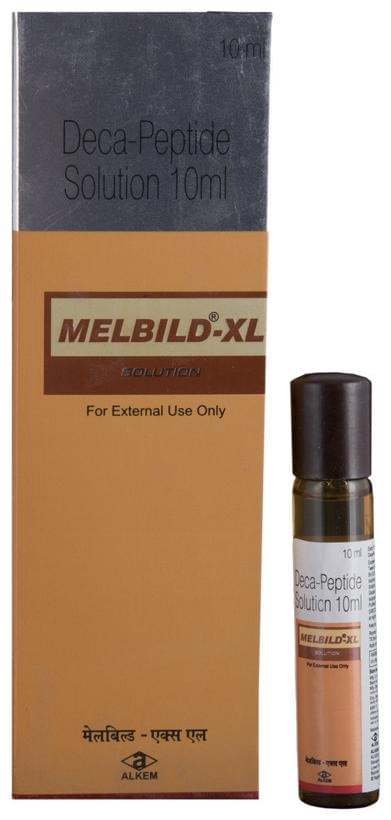Vitiligo
Vitiligo is a long-term skin condition in which patches of skin lose their pigmentation, resulting in irregular white or light-colored spots on various areas of the body. This depigmentation is caused by the loss of melanocytes, the skin cells responsible for producing melanin, the pigment that gives color to the skin. The exact cause of vitiligo is unknown, but it is believed to involve an autoimmune response where the body’s immune system mistakenly attacks its own melanocytes.
There is currently no cure for vitiligo, but various treatment options are available to help manage the condition and minimize the appearance of depigmented skin. These treatments may include:
Topical creams: Corticosteroid creams can be applied directly to the affected skin to help reduce inflammation and repigmentation.
Phototherapy: Exposure to specific wavelengths of ultraviolet light can stimulate melanocyte activity and repigmentation.
Systemic treatments: Oral medications such as methotrexate or mycophenolate mofetil may be prescribed in severe cases to suppress the immune system and promote repigmentation.
Surgical procedures: Surgical techniques such as skin grafts or melanocyte transplantation can be employed to restore pigmentation in targeted areas.
Cosmetic options: Camouflage makeup can be used to conceal the appearance of depigmented skin.
Before starting any treatment, consult with a healthcare professional to determine the most suitable option based on individual needs and severity of the condition. Patients should also be aware of the potential side effects and risks associated with each treatment option.

Showing 1–12 of 108 results
-

Deca Peptide (10)
-

Methoxsalen (33)
-

Methoxsalen, Aminobenzoic Acid (1)
-

Monobenzone (5)
-

Psoralen (2)
-

Trioxasalen (57)
Showing 1–12 of 108 results










